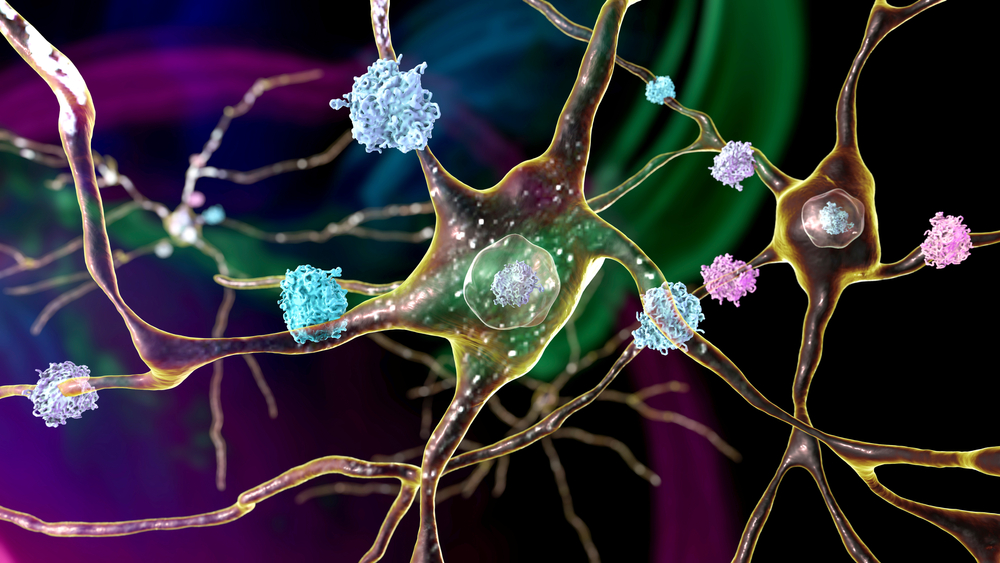
1. Fallopian tubes
A group of scientists from the Max Planck Insitute for Infection Biology in Berlin managed to create the innermost cellular layer of human fallopian tubes. This is a structure that is responsible for connecting the uterus and the ovaries.
2. Mini-brain
A group of scientists from The Ohio State University has created a mini-brain, that is the size of a pencil eraser. They made it straight in their lab and the organoid is made of skin cells. According to them, the mini-brain is similar in genetics and structure to the brain of a 5-week-old human fetus.
The representatives of The Ohio State University affirmed that this mini-brain actually has functioning neurons, that also have signal-carrying extensions, such as dendrites and axons.
3. Mini-heart
A group of scientists used stem cells to transform them into heart muscle and connective tissue. They also organized this organoid into microchambers and make them beat.
One of the professors of bioengineering from The University of California, who is also the co-senior author of this study, Kevin Healy, said that with the help of this project, they will be able to find a lot of useful information about the human heart.
This means that it can help them search for drugs that are more likely going to generate cardiac birth defects, and also guide them about what kind of drugs aren’t good during pregnancy.












































